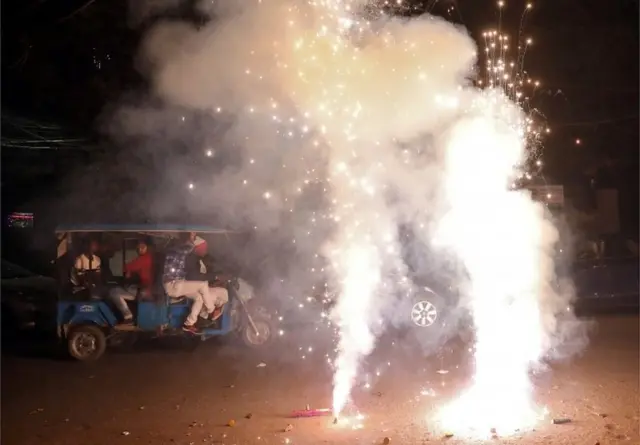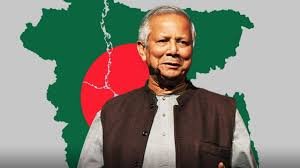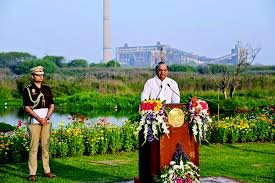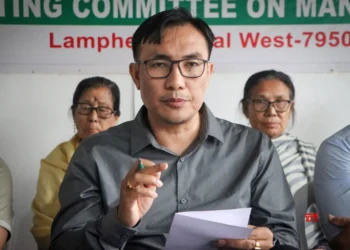BY PC Bureau
Delhi woke up to a blanket of smog and toxic air on Monday morning as pre-Diwali pollution pushed the city’s air quality to dangerous levels. By 7:30 am, the national capital’s overall Air Quality Index (AQI) stood at 335 — firmly in the “very poor” category — with several monitoring stations recording readings well above 300.
The spike came just days after the Supreme Court permitted the bursting of green crackers across Delhi-NCR, but only within a restricted time window. The festival weekend saw widespread cracker use despite curbs, worsening the already fragile air quality.
In response, the Commission for Air Quality Management (CAQM) enforced Stage II of the Graded Response Action Plan (GRAP) on Sunday, in addition to Stage I measures already in place since October 14. The move followed a review by the Sub-Committee on GRAP, which warned of further deterioration based on forecasts by the IMD and the Indian Institute of Tropical Meteorology (IITM).
Delhi’s misfortune: its own citizens, who have destroyed a beautiful, green and historic city. And their own lungs in the process.
AQI now: 346
In the morning: 306
London’s AQI: 2#Diwali2025 #DelhiPollution pic.twitter.com/ZxZUz6jbdK— Aparna Kalra (@Apkal) October 19, 2025
AQI Breaches “Severe” Level in Parts of Delhi
As per Central Pollution Control Board (CPCB) data, 24 of Delhi’s 38 monitoring stations reported “very poor” air quality on Sunday night. By Monday morning, Anand Vihar emerged as the worst affected with an AQI of 417, in the “severe” category.
Other areas also fared poorly — New Delhi (367), Vijay Nagar in Ghaziabad (348), Noida (341), Noida Sector 1 (344), and Gurugram (283). On Sunday evening, stations in Wazirpur (364), Vivek Vihar (351), Dwarka (335), and RK Puram (323) had already entered the “very poor” range.
READ: Delhi Special Courts to Now Hear Cases Against Ex-Lawmakers
The CAQM has directed implementing agencies to intensify dust control measures, ensure compliance with emission norms, and strictly follow timelines under Delhi’s anti-pollution framework. The India Meteorological Department (IMD) has forecast stagnant conditions through the week, warning that the air quality may worsen further and slip into the “severe” category by Tuesday — the day after Diwali.
The IMD has also predicted Monday’s temperature to hover between a high of 33°C and a low of 21°C, conditions unfavorable for dispersing pollutants.
“Use Only Green Crackers,” CM Rekha Gupta Urges Residents
Delhi Chief Minister Rekha Gupta greeted citizens on Diwali while appealing to them to adhere to the Supreme Court’s order on the use of green crackers. The top court has allowed their use only between 6 am–7 am and 8 pm–10 pm, and permitted sales between October 18–20.
She encouraged people to mark the festival traditionally by lighting diyas, making rangolis, and sharing sweets instead of excessive cracker use.
“This Diwali is unique for Delhi,” Gupta wrote on X (formerly Twitter). “While there’s permission for green crackers, for the first time since Independence, a grand Divya Deepotsav was held at Kartavya Path — symbolizing a new India’s resolve and cultural renaissance.”
On Saturday, the capital witnessed a spectacular Deepotsav celebration featuring 1.51 lakh diyas and a Ramayana-themed drone show illuminating Kartavya Path.













